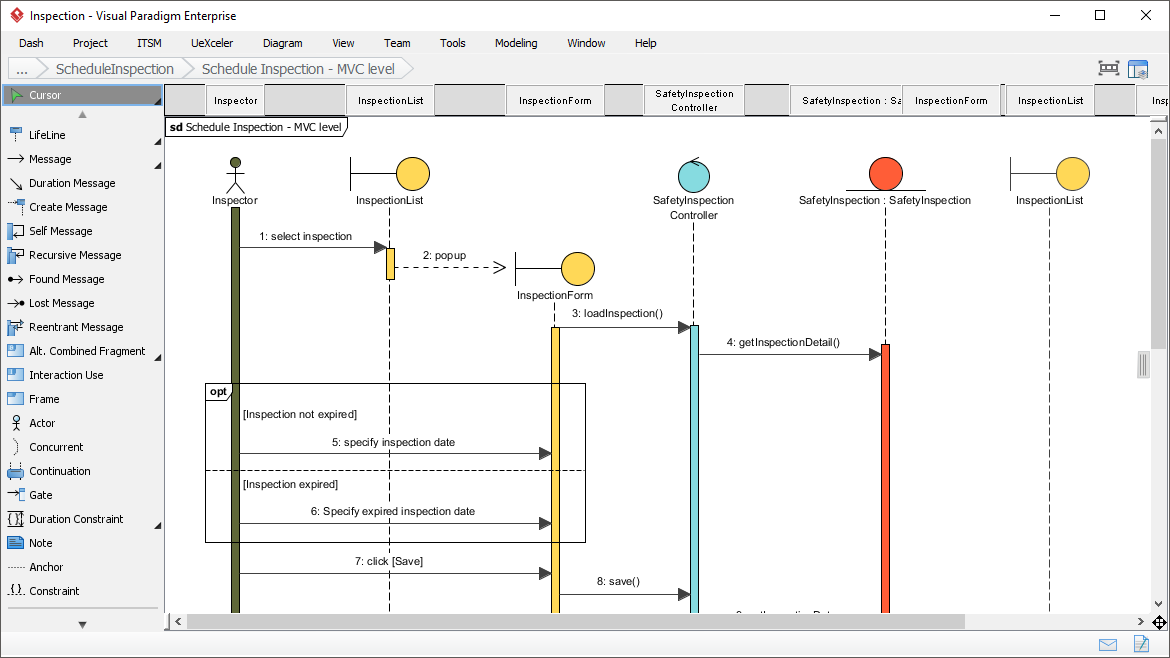

The mentioned “UML” was extended to a larger set of design documentation, becoming very useful in many contexts, such as in software development, being designed to become compatible with the leading object-oriented software development methods, such as “Booch method”, “OMT” (object-modelling technique), so called “objectory” (or simply “object-oriented methodology”) and “RUP”, which is a Rational Unified Process - an iterative software development process framework created by the “Rational Software Corporation”.

The elements of such diagram can be individual components of the system, activities or simply “jobs”, external user interface, with help of which it’s not a problem to represent the process of their interaction with other software components and follow the way the system can run as well as to see how the mentioned entities can interact with other components and interfaces. Unified Modelling Language (or simply “UML”) provides an opportunity to visualize a system's architectural blueprints in a diagram. In 2005 UML was also published by the well-known “ISO” (“International Organization for Standardization”) as an approved ISO standard, after what it was revised to cover the latest revisions. It was better developed by its “inventors” through 1996 and already in 1997 it was adopted as a standard by the so called “Object Management Group”, being managed by this organization ever since. The definition of the Unified Modelling Language can be found in other articles on this site, but to remind about it, we can mention that it is basically one of the developmental, general-purpose as well as modelling languages widely used in software engineering for providing a standard way for visualizing the design of a system, being originally developed for standardizing the disparate notational systems as well as approaches to software design in 1994.


 0 kommentar(er)
0 kommentar(er)
